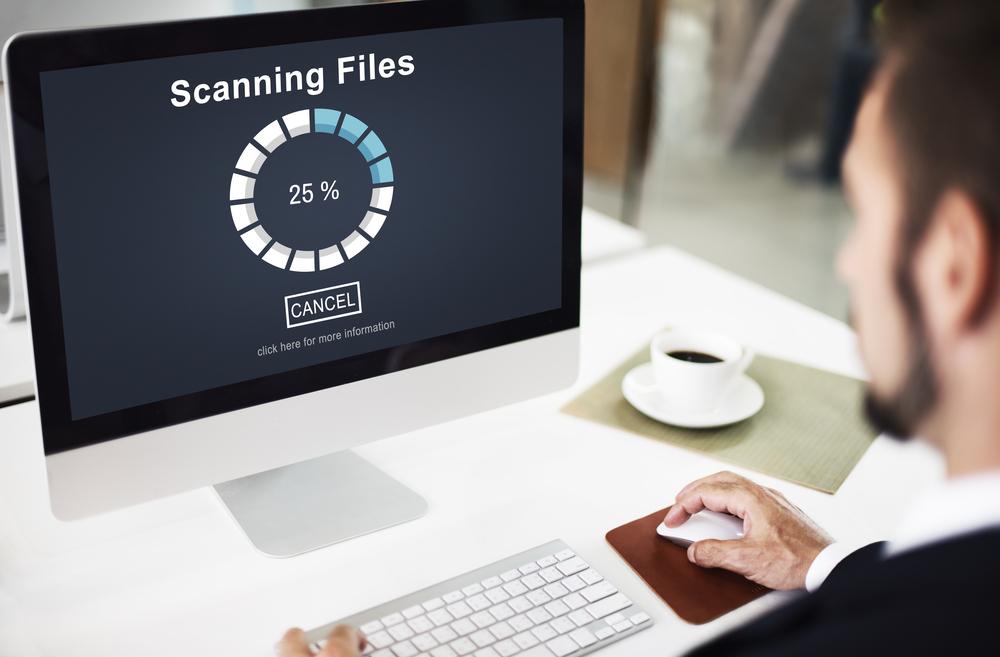Different Types Of Computer Security Threats
Computer security threats are becoming creative, with them evolving new ways to harm, steal and disable networks, useful data, and personal information. They have become masters in disguise and manipulation. You need to have all the information and the resources to safeguard yourself from computer security threats.
The most common computer threat is a computer virus. It is written in a way that it can alter the computer program without the knowledge of the user. A virus replicates and executes itself on its own, causing damage to the computer. The most effective way to fend off viruses is to have an up-to-date antivirus software.

Spyware threats
Spyware is a serious threat to the security of the computer. It is a program that monitors your activities online and installs programs onto your computer without your knowledge. It is for profit or to get hold of personal information. Many users don’t bother with reading the terms and conditions, which are actually a good way to know how the program tracks your activity online. Click on websites with caution and keep the Internet security on.
Hackers and predators
Cybercriminals like hackers create computer security threats like virus, malware, and ransomware.
Phishing
Phishers masquerade as legitimate persons or businesses and ask for financial and personal information via email or instant messaging. This is the most successful methods of data breaching, but antiviruses can be taught to recognize phishing threats as well as learn to differentiate between a legitimate message and a phishing message.
Hardware threat
Another computer threat is towards the hardware of the computer. Even if it is not plugged in, anybody can open it and have access to the hard drive, steal it or misuse the drive, data and damage the device.
Cyber attack
A cyber attack targets the computers’ information system, infrastructure, computer networks and computer devices to steal, alter, and destroy data or information systems. There are tons of ways to initiate a cyber attack which includes denial of service and distributed denial of service, which is meant to disable a computer and its network. It is a common form of attack by hackers. Others are phishing and spear phishing attacks, drive-by attack, password attack, SQL injection attack, cross-site scripting attack (XSS), eavesdropping attack, birthday attack, and malware attack. To have a good defense, one needs to understand the offense. The above methods are used by the hackers to disrupt the computer and its information system. Attackers have many options to choose from to gain access to important data, systems, and infrastructures.
Mitigating computer threats
Different measures exist to mitigate a threat where the basics are the same. Keep your system and the antivirus database updated, train your employees, configure the firewall, whitelist specific ports, and hosts that you need, passwords need to be strong and changed regularly, take regular backups, audit your IT systems for any suspicious activity and use a reliable model for your IT environment.
Security of the hardware is also necessary to protect the data within. In a standalone system, you need to keep it under 24/7 surveillance. A basic security system includes a locking system for desktop and a security chain for a laptop. There are disk locks also available in different sizes; it controls the removal of the CPU cover which protects the internal components.
Always keep backup media, and keep at least two different media devices. They should be kept in a safe place, with people having different backups for databases, spreadsheets, and large documents. There are technical problems but regular backup helps to avoid loss.

